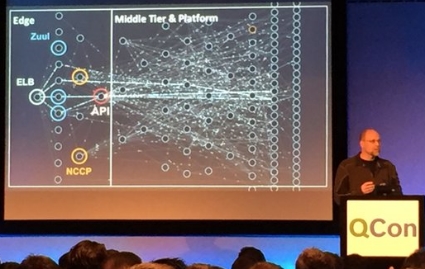Auditing network configurations with Nelkit

Even if you have tools in place to automate your network configuration, there’s a good chance that someone has made some manual changes. Perhaps some of your routers were overlooked the last time you send out that access-list, or a new site has been deployed using an old template. In those situations you want to audit the configuration of your network devices. Network configuration audit is one of the features of Nelkit.
Continue reading
 Here’s a roundup of the week’s news related to software defined networking (SDN) and network functions virtualization (NFV) and the rest of the SDxCentral universe, starting with a few tidbits from the OCP U.S. Summit: Radisys joined the Open Compute Project (OCP) as a silver member and launched DCEngine, an OCP-based design for hyperscale data center...
Here’s a roundup of the week’s news related to software defined networking (SDN) and network functions virtualization (NFV) and the rest of the SDxCentral universe, starting with a few tidbits from the OCP U.S. Summit: Radisys joined the Open Compute Project (OCP) as a silver member and launched DCEngine, an OCP-based design for hyperscale data center... 
 Cisco does the SDN, and NEC does the NFV.
Cisco does the SDN, and NEC does the NFV.
 Only 16.3% of enterprises do SDN.
Only 16.3% of enterprises do SDN.
